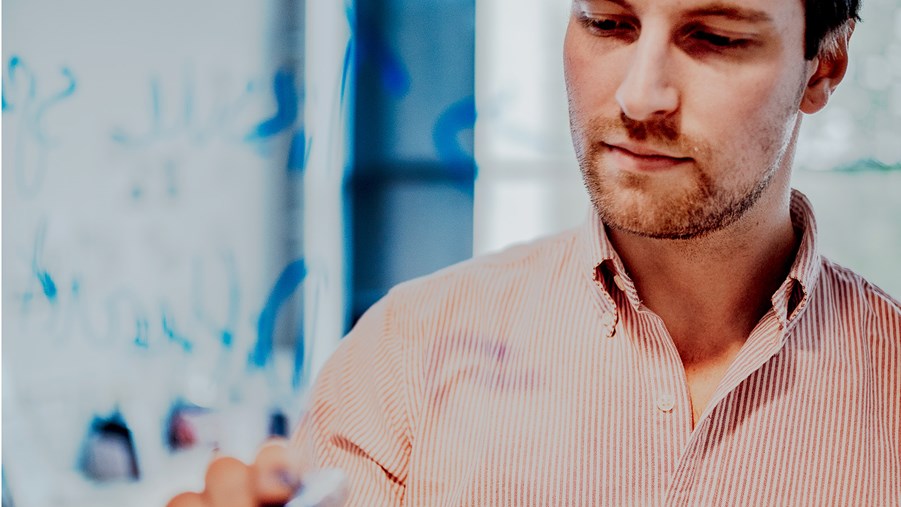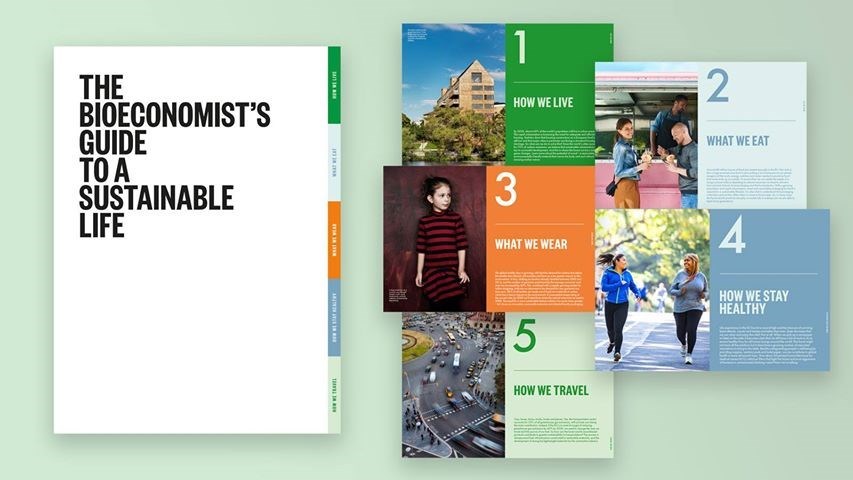The tooth-friendly sweetening agent xylitol and the cholesterol-lowering ingredient sitosterol found in spreadable margarine, are examples of healthy ingredients extracted from forest raw materials.
Another exciting substance is HMR lignan which comes from the roots of spruce trees and has been demonstrated by scientists to reduce the risk of breast cancer.
Nanocellulose vs. synthetic products
But the latest material to keep top-of-mind when it comes to tree-based healthcare is nanocellulose. This refined wood pulp can be used as an excipient in pharmaceutical compositions instead of synthetic products. Nanocellulose is renewable and less expensive to produce, which makes it a great bioeconomy-friendly alternative. Most recently, nanocellulose is being used to create human-like tissue for medical research.

"We have developed a complete solution that allows researchers and scientists to 3D-bioprint human tissue. This tissue is functional and the cells inside the printed construction live and behave just like they would in the human body", says Erik Gatenholm, CEO and co-founder of Cellink, about their 3D-bioprinter and bioink.
Bioink is stable
Made from nano-cellulose and alginate, Celllink's bioink is a biodegradable material containing wood fibres and a sugary polymer found in seaweed. Thanks to cellulose fibres, the bioink has the stability that other biomaterials lack. Gatenholm strongly believes that his product can have a big impact on medical research.
"In drug testing, you start with 2D-cells, then animals and lastly humans/clinical trials. This is a long and expensive process and – unfortunately – it's often in the last stages of the clinical trials on humans that you realise the product doesn't work as designed. So, if we are to produce better and more advanced drugs, we need to perform tests on human tissue at an earlier stage – and that's what Cellink is making possible."
What else is special about your invention?
"Another great feature is that scientists are now able to test different methods for treating patient-specific diseases. For example, a scientist may retrieve cancer tumour cells from a cancer patient and 3D-print a replica of the tumour. Then they can try out different drugs to treat the tumour and see what is the most effective in that specific case."
